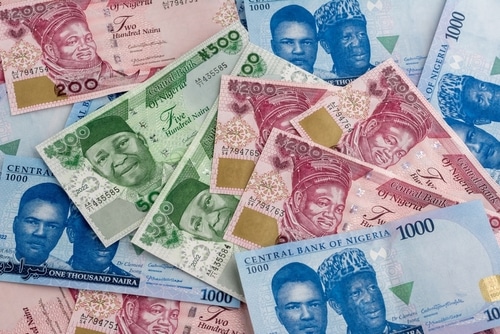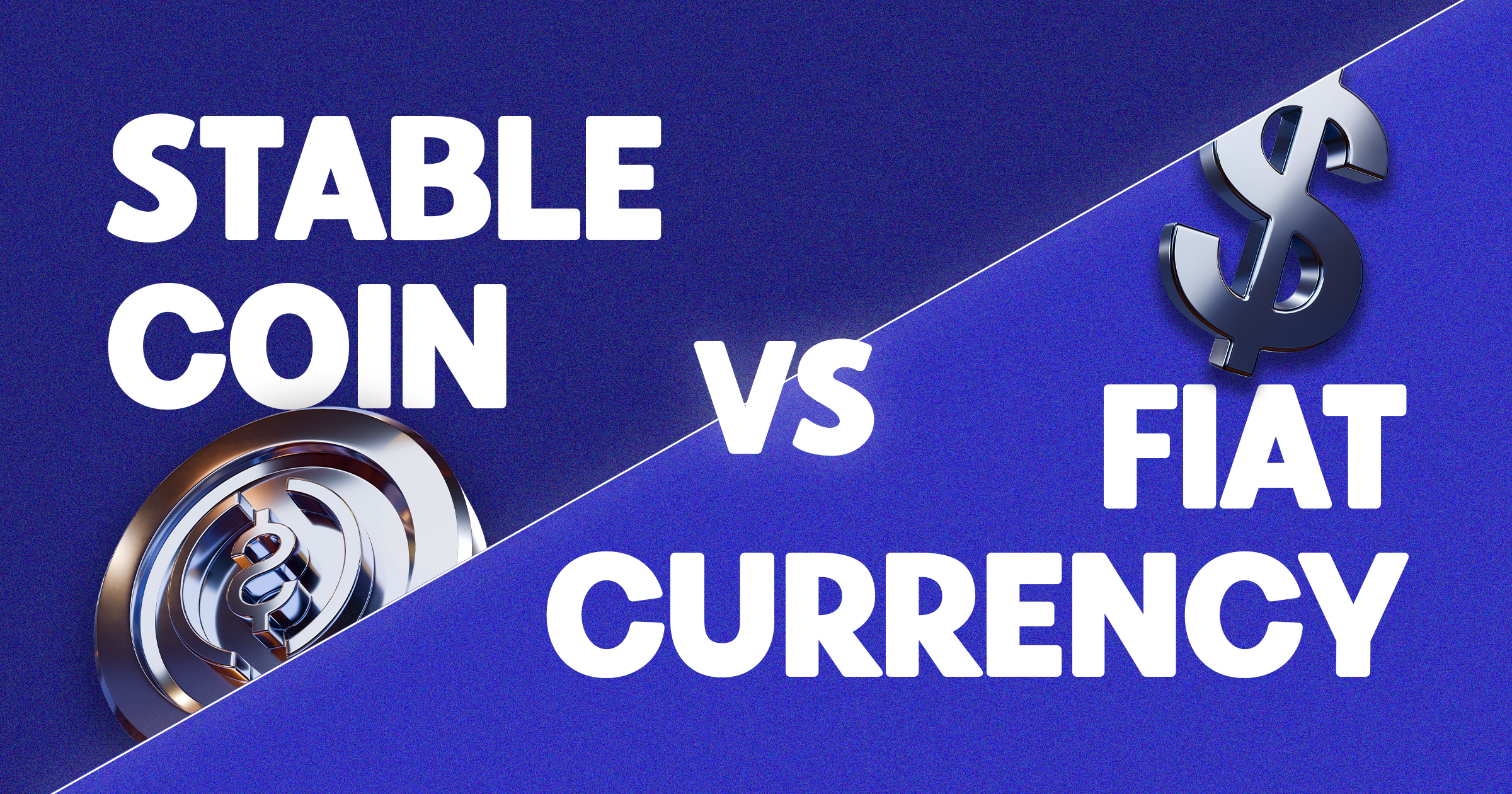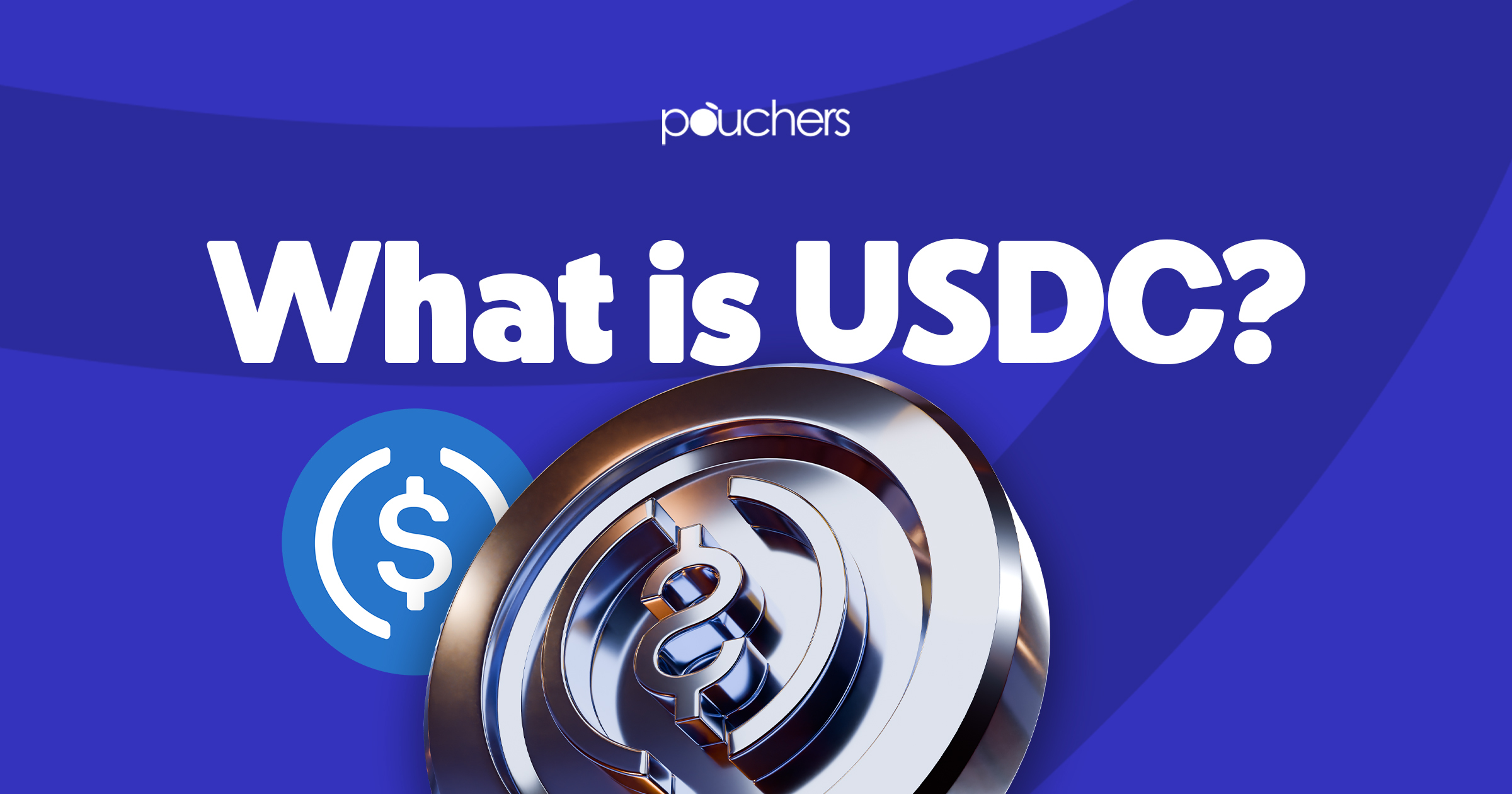The other day I was having a conversation with a friend about money transfers. He swore fiat currency is the only reliable way to move money because it is backed by the government and always accepted. I laughed and told him how I once sent money abroad using stablecoins and it landed in minutes, while my bank transfer took days and cost me extra charges. We went back and forth until we came to an agreement that both have their strengths and weaknesses.
That conversation inspired me to break it down for readers like you by explaining what these two options are and the key differences that set them apart.
Let’s dive right in!
What is Stablecoin?
A stablecoin is a type of cryptocurrency that maintains a stable value by being tied, or “pegged,” to a reserve asset. Unlike regular cryptocurrencies such as Bitcoin or Ethereum, which can rise and fall sharply in price, stablecoins consistently maintain the same price making them highly suitable for regular transactions, savings, and cross-border payments.
It’s important to note that not all stablecoins are the same as many of them are backed by different assets. For example:
Fiat-backed stablecoins: These are pegged to traditional currencies like the US dollar, euro, or naira. For every stablecoin issued, there is usually an equivalent amount of fiat currency held in reserve. Tether (USDT) and USD Coin (USDC), are good examples of fiat-backed stablecoins as they are both pegged to the US dollar.
Crypto-backed stablecoins: These are backed by other cryptocurrencies, often using over-collateralization to handle price swings. A good example of a crypto-backed stablecoin is: DAI, which is backed by Ethereum and other crypto assets.
Algorithmic stablecoins: These are not backed by fiat or crypto reserves. Instead, they use smart contracts and algorithms to control supply and demand to maintain the peg. Ampleforth (AMPL) is a good example of an algorithmic stablecoin.
Stablecoins are important in the digital economy because they allow people to trade, save, or send money without worrying about extreme price volatility. They are widely used on crypto exchanges, in decentralized finance (DeFi), and for remittances.
What is Fiat Currency?

Fiat currency is money that a government declares to be legal tender, meaning it must be accepted as payment within that country. Its worth comes from the trust people have in the government and central bank that issue it.
Fiat currencies are not backed or pegged to another asset like stablecoins. Instead, their value is maintained through government policies, economic stability, and the supply-and-demand dynamics of the market.
The Central bank or the Federal Reserve in each country manage fiat money by controlling interest rates, regulating inflation, and adjusting the money supply.
Common examples of fiat currencies include Nigerian Naira (₦) issued by the Central Bank of Nigeria, US Dollar (USD) issued by the Federal Reserve, Euro (EUR) issued by the European Central Bank, and British Pound Sterling (GBP) issued by the Bank of England.
Fiat currency is the most common form of money used globally today. It is used for everyday transactions, savings, investment, and international trade.
Note: Central Bank Digital Currencies (CBDCs) like the eNaira are fiat currencies, not stablecoins. They are issued and backed directly by a country’s central bank, making them the same as physical cash but in digital form.
Major Differences Between Stablecoin and Fiat Currency
Here are the major differences between stablecoin and fiat currency:
1. Form and Technology
Stablecoins exist only in digital form and are built on blockchain technology. Transactions are recorded on decentralized ledgers. Fiat currency exists in both physical (cash) and digital forms. It is managed through traditional banking systems.
2. Issuance and Control
Stablecoins are usually issued by private companies or decentralized protocols. Their supply depends on how much collateral is deposited or how the algorithm is designed. Fiat currency is issued and controlled solely by a government’s central bank, such as the Central Bank of Nigeria or the US Federal Reserve.
3. Backing
Stablecoins are pegged to assets like the US dollar, other cryptocurrencies, or controlled by algorithms. For example, USDT is pegged to the US dollar while DAI is backed by crypto. Fiat currencies are not pegged to any asset. Their value is derived from trust in the government and the economy that issues them.
4. Value Stability
Stablecoins aim to track the value of a reference asset closely, though risks exist if reserves or mechanisms fail. Fiat currencies can fluctuate in value over time due to inflation, monetary policy, and economic conditions.
5. Accessibility
Stablecoins can be sent or received globally within minutes without needing a bank, as long as there is internet access. Fiat currency transfers usually go through banks or financial intermediaries, which can take longer and incur higher fees, especially for cross-border payments.
6. Legal Status
Stablecoins are not universally recognized as legal tender. Their regulation varies by country. Fiat currency is legal tender in its country of issue and must be accepted for payments. Stablecoins combine the digital speed of cryptocurrencies with the stability of fiat money, while fiat currencies remain the official and most widely accepted form of money worldwide.
Frequently Asked Questions (FAQs)
How Do Stablecoins Maintain Their Value?
Stablecoins maintain their value by being pegged to other assets such as fiat currency, commodities, or crypto. This pegging system is what keeps stablecoins steady compared to highly volatile cryptocurrencies like Bitcoin.
Are Stablecoins Regulated Like Fiat Currency?
No, stablecoins are not regulated like fiat currency. While there’s some form of regulation in some countries, it does not have strict and full regulation like fiat does by the central bank in each country globally. Although this may change soon in the future.
What Are Stablecoins Used For?
Stablecoins are used for payments, trading on crypto exchanges, protecting against volatility, and sending money across borders.
Which is Faster for Global Payments Between Stablecoin and Fiat Currency?
Stablecoin is faster for global payments because transactions on blockchain networks settle within minutes, often at lower cost. Fiat currency transfers, especially cross-border, usually take days and involve banks and intermediaries.
Conclusion
Stablecoins and fiat currency each have strengths. Fiat remains the official, government-backed money system that guarantees universal acceptance and regulation. Stablecoins, on the other hand, bring speed, low transaction costs, and global reach through blockchain.
The best option for you is to use both where they fit best. Fiat currency for everyday physical transactions and stablecoin for fast, low cost digital transactions so you can enjoy the best of both worlds.





